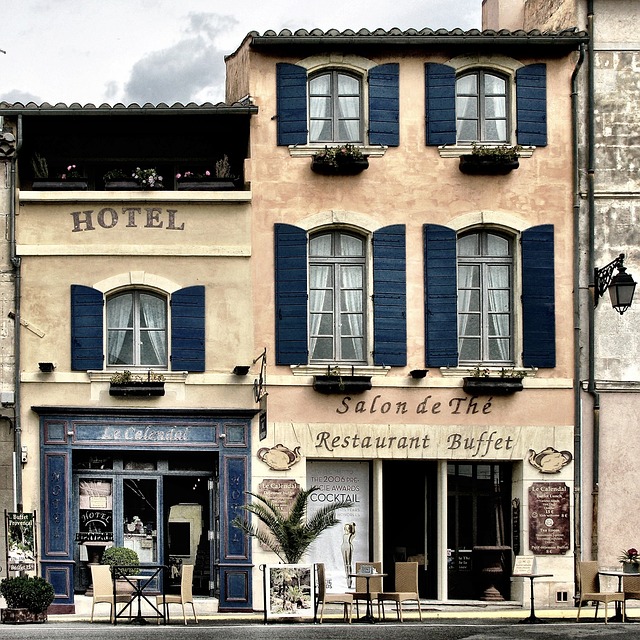Throughout history, hotel design has undergone a fascinating evolution, reflecting changes in society, culture, and traveler preferences. From the opulent grand hotels of the past to the trendy boutique stays of today, hotels have continuously adapted to meet the ever-changing needs and desires of their guests.
The era of grand hotels began in the late 19th century, with the rise of luxury travel and the emergence of a wealthy leisure class. These magnificent structures, such as the Ritz in Paris and the Waldorf Astoria in New York, were designed to impress and pamper their guests. Characterized by their ornate architecture, lavish interiors, and impeccable service, grand hotels set the standard for luxury accommodations. They featured spacious lobbies, elegant ballrooms, and opulent dining rooms, creating an atmosphere of grandeur and sophistication.
As the 20th century progressed, hotel design began to evolve, influenced by various architectural styles and the changing needs of travelers. The Art Deco movement of the 1920s and 1930s brought a sleek, modern aesthetic to hotel design, as seen in iconic properties like the Claridge’s in London and the Delano in Miami. These hotels showcased geometric patterns, bold colors, and streamlined furnishings, reflecting the era’s fascination with progress and innovation.
In the post-World War II period, the rise of international travel and the democratization of luxury led to the development of larger, more standardized hotels. Brands like Hilton and Marriott emerged, offering consistent, reliable accommodations for a growing middle class. These hotels prioritized functionality and efficiency, with practical room layouts, modern amenities, and streamlined services. While they may have lacked the individual character of earlier hotels, they provided travelers with a familiar and dependable experience.
The late 20th century saw a shift towards more personalized and experiential hotel stays, with the emergence of boutique hotels. These smaller, more intimate properties aimed to provide guests with unique, localized experiences that reflected the character of their surroundings. Boutique hotels often occupied restored historic buildings or showcased innovative, contemporary design. They featured carefully curated décor, artwork, and furnishings that told a story and created a distinct sense of place. Boutique hotels also emphasized personalized service, with staff dedicated to anticipating and fulfilling guests’ individual needs and preferences.
In recent years, hotel design has continued to evolve, driven by changing traveler preferences and the influence of technology. The rise of the sharing economy and the popularity of vacation rentals have prompted hotels to offer more home-like amenities and flexible room configurations. Many hotels now feature kitchenettes, living areas, and work spaces, catering to guests seeking longer stays and a more residential experience. Technology has also played a significant role, with hotels incorporating smart room features, mobile check-in, and keyless entry to enhance convenience and customization.
Sustainability has also become a key consideration in contemporary hotel design. Eco-friendly practices, such as the use of renewable energy, water conservation, and the incorporation of locally sourced materials, are increasingly important to environmentally conscious travelers. Many hotels now prioritize green design elements, such as living walls, rooftop gardens, and energy-efficient lighting and heating systems.
As we look to the future, hotel design will undoubtedly continue to evolve, shaped by emerging trends, technological advancements, and changing traveler preferences. However, the fundamental principles of creating welcoming, comfortable, and memorable spaces for guests will remain at the core of hotel design. Whether in a grand palace or a cozy boutique property, the art of hospitality will always seek to provide travelers with a sense of home away from home, adapting to the times while preserving the timeless values of service and comfort.
